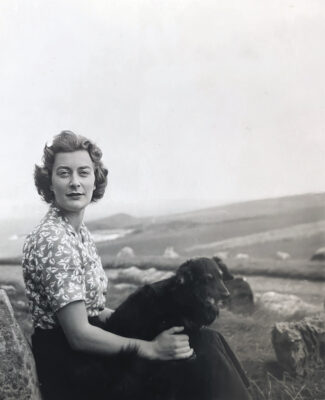
Swans revisited
Bill vs. Babe
With the overwhelming popularity of Feud: Capote Vs. The Swans, DP takes another look at the series’ most misunderstood character—Bill S. Paley
On March 13th, America bid adieu to the delicious Feud: Capote Vs. The Swans. Many of us are in mourning. Still, the show has been slammed repeatedly both for its inauthenticity and its sins of omission. “I often think that truth is just a guess,” says the series’ writer Jon Robin Baitz. “I don’t think there’s such a thing as empirical truth ever when it comes to human beings.”
Perhaps no one in the show was less understood than Bill S. Paley (played by the late Treat Williams). Paley, while acknowledged as a titan of industry, was also portrayed as reckless, and a compulsive philanderer. He was, of course, a deeply flawed husband; noted Irene Selznick, the theater producer and Paley’s longtime friend, “He always had a roving eye and a groping hand.” But he was also a man deeply in love with his wife who saw her as his muse—and perhaps his greatest trophy.
“I think I was born with a sense of what was important to the American public,” Paley once said; and indeed he was one of this country’s most important tastemakers, from choosing what people watched on television to shaping what they viewed via his collection at the Museum of Modern Art.
“He had an enormous feel for two infant mediums—radio and television—that was generated by his own confidence,” said Paley’s biographer, David Harris. “He knew what he liked, and that was most important.” A man who was not conventionally handsome but “virile and sensuous,” according to another biographer, Sally Bedell Smith, Paley moved through the world with unshakeable confidence: his New York Times obituary described him as “a 20th-century visionary with the ambitions of a 19th-century robber baron.”
In fact, Paley had trodden an unlikely road, from Panetelas to Panavision. He was born in the Jewish section of Chicago’s West Side in 1901 to parents who emigrated from the Ukraine. The beginnings were humble, but not for long: his father, Samuel, quickly became a multimillionaire after moving to Philadelphia and founding a cigar factory. Paley senior was also an investor in Columbia, the broadcast network (where commercials for cigars saw sales soar), and in the late 1920s his son began working in programming.
Bill quickly became both a shark (poaching stars like Jack Benny and Bing Crosby) and a master of high/low programming: soap operas, yes, but also investment in news (Edward R. Murrow) and the airing of the New York Philharmonic.
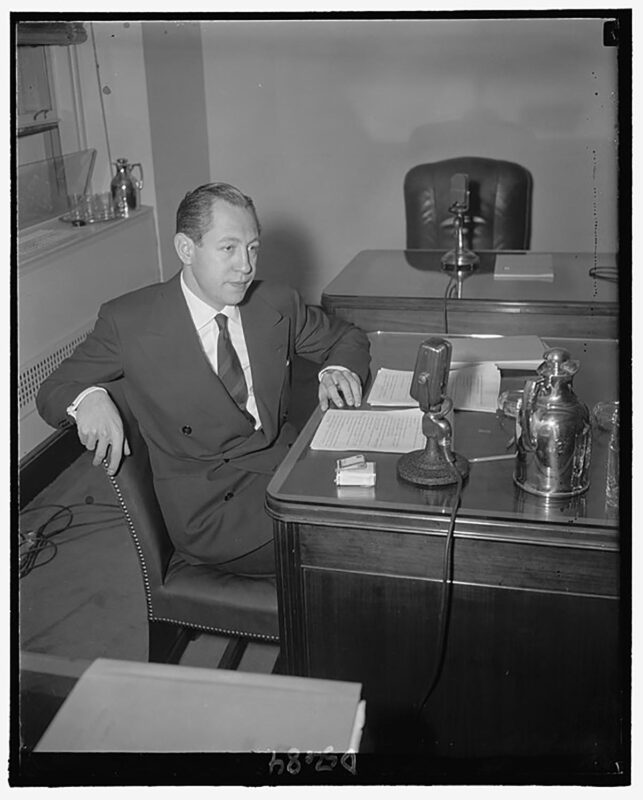
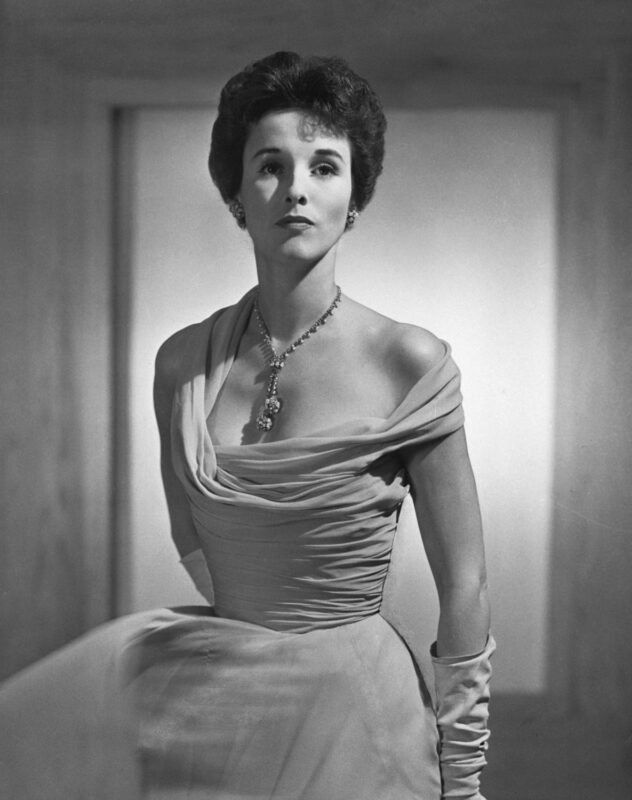
A recurring theme throughout Paley’s life was the way that his Jewishness excluded him from the social set he craved—a problem largely solved both by his own talents and, in no small part, by marrying proto-Wasp Barbara Cushing Mortimer, nicknamed “Babe”. However different their fire/ice temperaments, their relationship was mutually symbiotic: he gave her intellectual clout, and she gave him a kind of All-American class (and entry to a strata of society he craved).
Feud depicts Paley appeasing his wife for his infidelities with baubles. In a furious op-ed piece in the New York Times, Babe Paley’s granddaughter, Belle Burden, decried the idea that her grandmother would ever use her unhappiness to barter for a painting or jewelry.
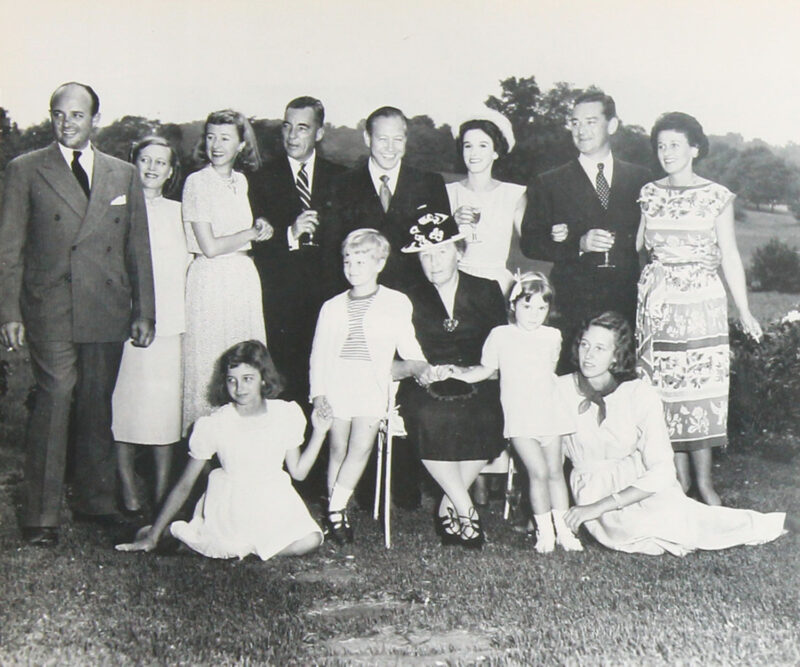
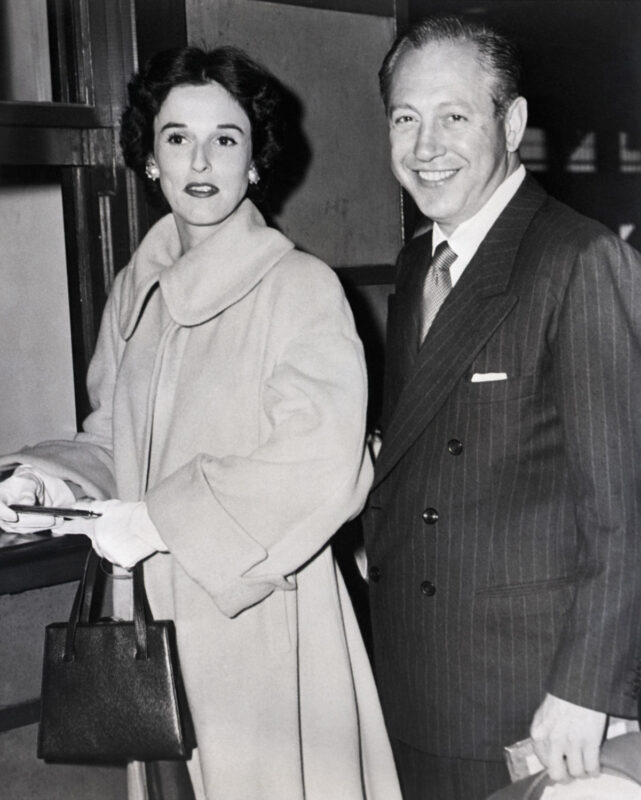
But is it undeniable that one thing that Babe and Bill did agree on—and happily entered into together—was art collecting. And they did end up owning the Matisse portrayed in the series, along with some of the most important works of the 20th century.
Bill’s involvement with the Museum of Modern Art started in 1937, eight years after its founding, when he became a trustee, and continued, as he raised funds, vetted the art, and served as President and Chairman, until his death in 1990. That same prescience and awareness of what impacted and moved people allowed him to seek out the new as an art collector; many important Cezannes, Gaugins, Matisses, and Picassos displayed today are there because of Paley. Just as he didn’t go for the easy life, he did not, according to William Rubin, a director emeritus of MoMa, go for “easy, prestigious” pieces. He would follow artists when, Rubin says, “there was nothing chic about possessing them.”
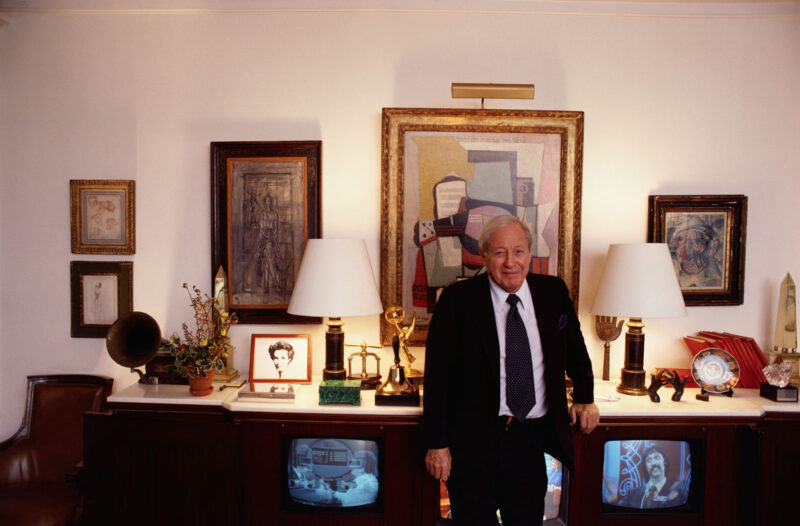
His leadership, enormous philanthropy and taste formed the backbone of the museum and is still informing the place. “In his collecting, and in his contributions to MoMA, Paley helped to redefine the face of modern art,” Sotheby’s head of contemporary art David Galperin said in 2022, when MoMa was able to earn more than more than $83 million from auctioning work from the William S. Paley collection at Sotheby’s.
Paley’s MoMA legacy will live on into the next century, although his turn on Capote Vs. The Swans was nasty, brutish, and short. (In the end, he sought husbandly redemption; whether successfully or not is a matter of conjecture.)
Babe Paley saw herself, and her life, as her art. But Bill Paley may have yearned not just to collect art, but to create it. Feud, compelling though it might be, will not be the final word on his legacy.
Hero photo of Babe and Bill Paley by Keystone/Getty Images



